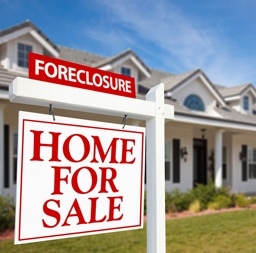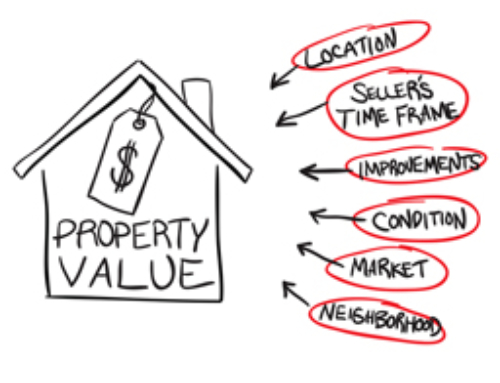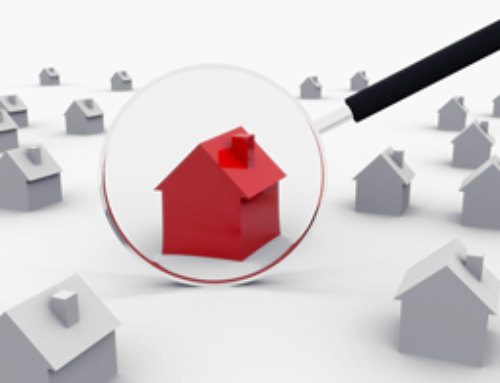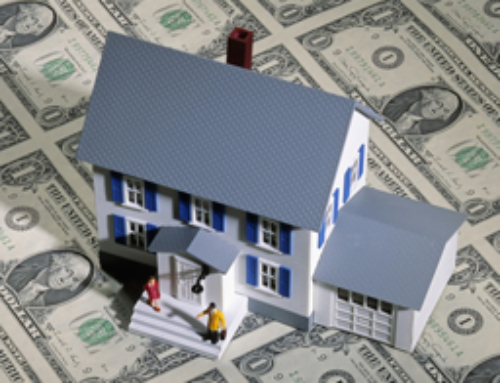 On the surface, housing market predictions should be picking up: Mortgage rates are at all-time lows, foreclosure filings are roughly 30 percent lower than in the third quarter of 2010, and housing starts were up 15 percent from August to September. However, a closer look reveals that this upswing is not what it seems.
On the surface, housing market predictions should be picking up: Mortgage rates are at all-time lows, foreclosure filings are roughly 30 percent lower than in the third quarter of 2010, and housing starts were up 15 percent from August to September. However, a closer look reveals that this upswing is not what it seems.
The evidence of what Federal Reserve Chairman Ben Bernanke calls a “faltering recovery” continues to mount. According to RealtyTrac’s U.S. Foreclosure Market Report, foreclosure filings are down year-over-year but rose marginally from the second (Q2) to the third (Q3) quarters. James Saccacio, CEO of RealtyTrac, says it’s probable this drop in foreclosure filings has more to do with the robosigning controversy than it does with a decrease in loan defaults.
I would agree—lenders were forced to spend months weeding through their inventory to determine what should actually be there, leaving them with less time to begin foreclosure proceedings on new properties.
Now some of that is cleared up and lenders have once again started to foreclose. In addition to the increase in filings from Q2 to Q3 overall, 21 out of the 25 metro areas with the highest foreclosure rates have seen an increase in foreclosure starts, according to the RealtyTrac survey. In other words, markets already flooded with foreclosures are about to get mired down even further.
Concerns about the rise in foreclosures
There are a few big problems with more foreclosures entering the market. The market time for foreclosures reached a record high in Q3—a startling 318 days. Those homes that do not sell in the foreclosure period return to the bank and become REOs, sitting on the market for an average of 193 days before being sold. This means that for over a year, homes with drastically reduced asking prices are sitting on the market, bringing down prices for everyone. One economist estimated that home values drop 1 percent for each foreclosure in the neighborhood. For those areas hit hardest by the recession, this is not good news.
The foreclosure problem is compounded when you consider new housing starts. According to the most recent index, housing starts for privately owned homes were up at an annually adjusted rate of 15 percent from August, and single family starts were up nearly 2 percent. Adding these new homes and new foreclosures to the pool of existing homes already for sale means even more inventory in a market that has very little demand. The prices of these newly constructed homes will drop as they sit on the market with the inexpensive foreclosures as competition, bogging the housing market down as a result.
While low prices and bottoming mortgage interest rates should mean more people getting into the market, high unemployment and tighter credit restrictions make purchasing a home impossible for many. Combine these factors with falling incomes nationwide, and the possibility of a rapid housing recovery is greatly diminished.
I hate to be the bearer of bad news, but it seems unlikely we will experience a boom in the housing market anytime soon.
READ MORE:
Buyer’s Market Q & A with Real Estate Expert Ilyce Glink
Housing Market Predictions-Why Aren’t People Buying Houses?
Housing Market Predictions—A Triple Dip in Home Prices?
Home Maintenance Checklist for the Fall
Money Management Tips: When Celebrities Make Money Mistakes
Home Buying: The Low Down on No Down Payment Mortgages
Ilyce R. Glink is the author of several books, including 100 Questions Every First-Time Home Buyer Should Ask and Buy, Close, Move In!. She blogs about money and real estate at ThinkGlink.com and at the Home Equity blog for CBS MoneyWatch.





